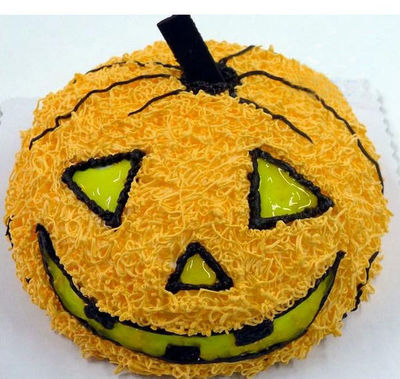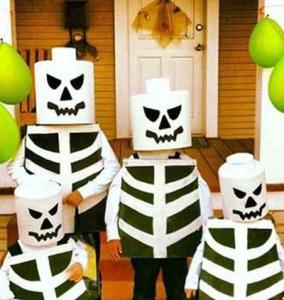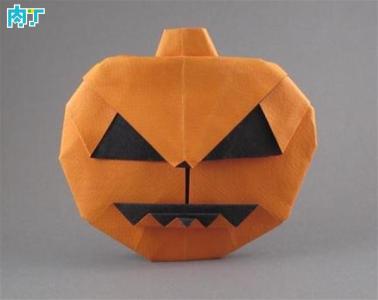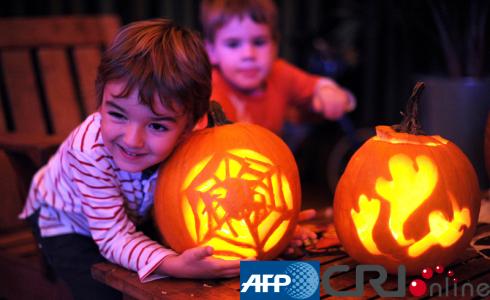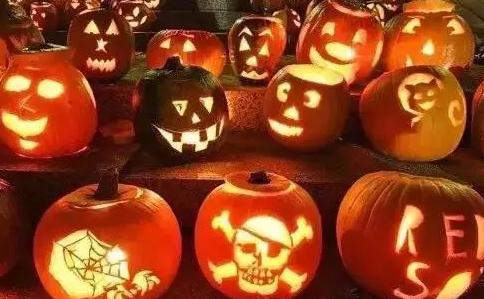十月三十一日,数十名儿童装扮服饰(节日服装)敲他们邻居的门喊“捣蛋”的门打开时。海盗和公主,鬼和流行的所有英雄举行袋打开捕捉糖果或其他东西,邻居下降。他们给每个孩子一个对待邻国夸服装和尝试猜测谁是下面具。
800年代以来,十一月一日是一个宗教节日称为诸圣日(万圣节)。质量是说,这天被称为万圣节。前一天晚上被称为所有hakkiw弄平,或万圣节。像其他一些美国的庆祝活动,其根源都在于前基督教和基督教习俗。
十月三十一日是夏娃的凯尔特人(凯尔特人的)新年。凯尔特人的祖先是当今爱尔兰,威尔士和苏格兰人。在这一天走鬼和交织在一起的生活,或使凯尔特人思想。乡民烤食物所有这一天,当夜幕降临,他们盛装试着像死者的灵魂。希望鬼会和平地离开新年来临之前。
多年以后,当基督教传遍爱尔兰,十月三十一日不再是一年的最后一天,成为一个万圣节庆祝活动主要是为儿童。“鬼”挨家挨户讨糖果,或者一个诀窍是在主人的房子。当数百万爱尔兰移民到美国在19世纪40年代的传统与他们。
今天的学校舞蹈和社区党称为“块”,深受年轻人和老年人一样。越来越多的成年人庆祝万圣节。他们穿着像历史或政治人物去参加化妆舞会(化妆舞会)。在较大的城市,服装的儿童和他们的父母聚集在商场早在晚上。商店和企业给予当事人和对待比赛的儿童。青少年享受舞蹈服装在他们的学校和更令人发指的服装的更好!
某些恶作剧(恶作剧)如皂洗车窗和倾倒垃圾桶预期。派对和恶作剧并不是万圣节的唯一喜欢做的。一些攒钱买食物和药为世界上的贫困儿童。
On October 31st, dozens of children dressed in costumes(节日服装)knock on their neighbors' doors and yell “Trick or Treat” when the door opens. Pirates and princesses, ghosts and popular heroes of the day all hold bags open to catch the candy or other goodies that the neighbors drop in. As they give each child a treat the neighbors exclaim over the costumes and try to guess who is under the masks.
Since the 800's November 1st is a religious holiday known as All Saints' Day(万圣节)。 The Mass that was said on this day was called Allhallowmas. The evening before became known as All Hakkiw e'en, or Halloween. Like some other American celebrations, its origins lie in both pre-Christian and Christian customs.
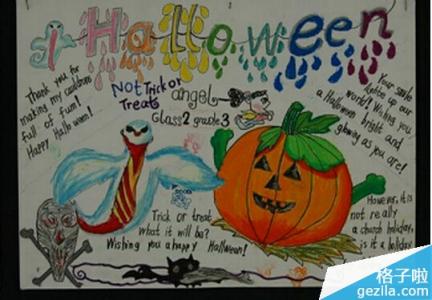
October 31 st was the eve of the Celtic(凯尔特人的)new year. The Celts were the ancestors of the present-day Irish, Welsh and Scottish people. On this day ghosts walked and mingled with the living, or so the Celts thought. The townspeople baked food all that day and when night fell they dressed up and tried to resemble the souls of the dead. Hoping that the ghosts would leave peacefully before midnight of the new year.
Much later, when Christianity spread throughout Ireland and October 31 was no longer the last day of the year, Halloween became a celebration mostly for children. “Ghosts” went from door to door asking for treats, or else a trick would be played on the owners of the house. When millions of Irish people immigrated to the United States in the 1840s the tradition came with them.
Today' school dances and neighborhood parties called “block parties” are popular among young and old alike. More and more adults celebrate Halloween. They dress up like historical or political figures and go to masquerade parties(化妆舞会)。 In larger cities, costumed children and their parents gather at shopping malls early in the evening. Stores and businesses give parties with games and treats for the children.Teenagers enjoy costume dances at their schools and the more outrageous the costume the better!
Certain pranks(恶作剧)such as soaping car windows and tipping over garbage cans are expected. But partying and pranks are not the only things that Halloweeners enjoy doing. Some collect money to buy food and medicine for needy children around the world.
南瓜灯的由来
两千多年前,欧洲的天主教会把11月1日定为“天下圣徒之日”(ALL HALLOWS DAY)。“HALLOW” 即圣徒之意。传说自公元前五百年,居住在爱尔兰、苏格兰等地的凯尔特人 (CELTS) 把这节日往前移了一天,即10月31日。他们认为该日是夏天正式结束的日子,也就是新年伊始,严酷的冬季开始的一天。
那时人们相信,故人的亡魂会在这一天回到故居地在活人身上找寻生灵,借此再生,而且这是人在死后能获得再生的唯一希望。而活着的人则惧怕死魂来夺生,于是人们就在这一天熄掉炉火、烛光,让死魂无法找寻活人,又把自己打扮成妖魔鬼怪把死人之魂灵吓走。之后,他们又会把火种烛光重新燃起,开始新的一年的生活。传说那时凯尔特人部落还有在10月31日把活人杀死用以祭奠死人的习俗。
南瓜灯:南瓜雕空当灯笼的故事源于古代爱尔兰。故事是说一个名叫JACK的人,是个醉汉且爱恶作剧。一天JACK把恶魔骗上了树,随即在树桩上刻了个十字,恐吓恶魔令他不敢下来,然后JACK就与恶魔约法三章,让恶魔答应施法让JACK永远不会犯罪为条件让他下树。JACK死后,其灵魂却既不能上天又不能下地狱,于是他的亡灵只好靠一根小蜡烛照着指引他在天地之间倘佯。在古老的爱尔兰传说里,这根小蜡烛是在一根挖空的萝卜里放着,称作“JACK LANTERNS”,而古老的萝卜灯演变到今天,则是南瓜做的Jack-O-Lantern了。
 爱华网
爱华网